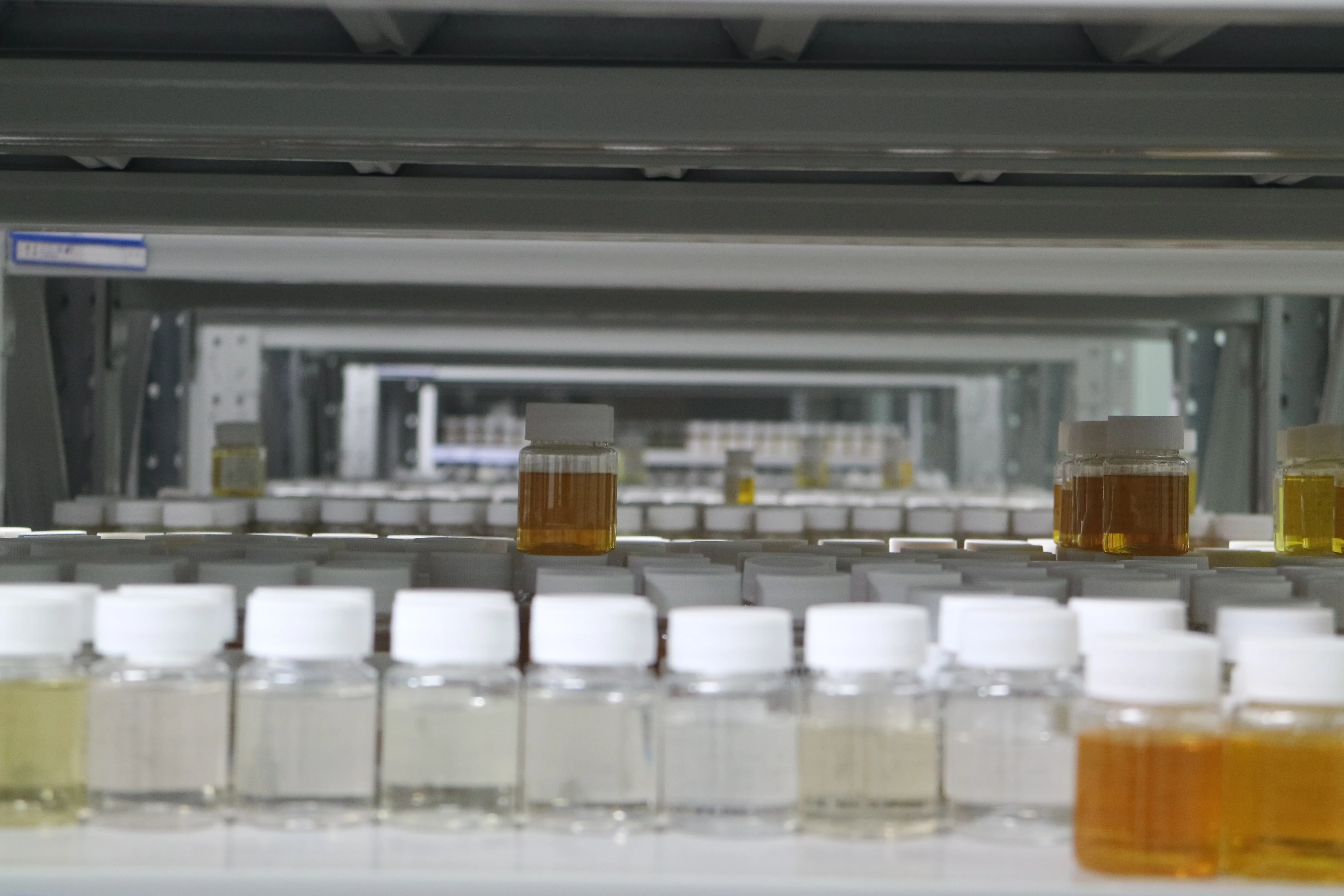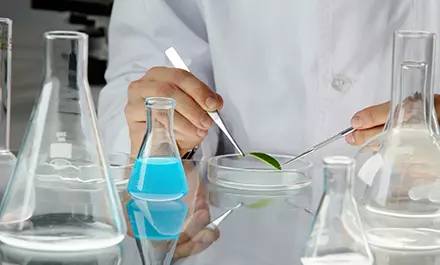
Who regulates e liquid?
The electronic cigarette, also known as e-cigarette, was invented in 2003. Since then, it has seen a rapid increase in popularity worldwide. Not only is it considered a safer alternative to traditional cigarettes, but also allows for more flavor options and customizability. E-liquid, the substance used in e-cigarettes, has become a billion-dollar industry. With the growth in demand, there has been an increase in regulations to ensure consumer safety. In the United States, the Food and Drug Administration (FDA) holds the responsibility of regulating e-liquid.
The FDA’s regulatory authority over e-liquid stems from the Family Smoking Prevention and Tobacco Control Act (TCA), which was passed in 2009. The TCA gives the FDA the power to regulate tobacco products, including e-cigarettes and e-liquids. Prior to the TCA, e-liquids were not regulated, leading to a lack of safeguards to protect consumers.
The FDA’s regulatory procedures include registration, product listings, premarket notification, ingredient listings, and warning and labeling requirements. Any company that wants to manufacture or sell e-liquid must register their establishment and list their products with the FDA. The establishment must also hand in a premarket tobacco product application (PMTA) and get premarket authorization from the FDA before selling the product.
Additionally, the FDA requires that any ingredients in the e-liquid should be listed on the label of the product, and the labels must include a warning statement about nicotine addiction. Also, the manufacturing practices must comply with Good Manufacturing Practices (GMP) regulations, which include using sterile environments and proper documentation for batch productions. The FDA can inspect manufacturers at any time to ensure compliance with the regulations.

One significant risk associated with e-liquid is that it can be accidentally ingested by young children. To prevent this, the FDA has set regulations on child-resistant packaging for e-liquid bottles. The bottles must have tamper-evident packaging, and the opening must be equipped with features that discourage young children from opening them, including making the lids difficult to twist or pull off.
While the FDA’s regulation has made e-liquid safer, it has also impacted the industry. The regulation requires a significant amount of paperwork and fees, leading to higher costs for manufacturers. This has resulted in many small e-liquid companies shutting down, giving rise to corporate e-liquid companies with more resources to comply with the regulations.
In Europe, the regulatory authority over e-liquid varies by country. In the United Kingdom, for example, the Medicines and Healthcare products Regulatory Agency (MHRA) must approve all e-cigarettes and e-liquids before they can be sold. The agency evaluates the safety and quality of the products, including their contents. Similarly, Germany has regulatory authority over e-liquids through the Federal Institute for Risk Assessment (BfR) and the German Federal Ministry for Food and Agriculture (BMEL). The BfR evaluates the safety and quality of the products, while the BMEL regulates e-liquid ingredients.
The European Union (EU) has also established regulations for e-liquids through the Tobacco Products Directive (TPD). The TPD sets limits on the nicotine strength of e-liquids, the size of bottles, and requires child-resistant packaging. Additionally, manufacturers must submit product ingredients and emissions information to the regulatory authority.
It is important that every individual uses e-liquid products that are appropriately regulated, in regards to their safety and quality, and that contain ingredients that are listed on the label. If you are not sure where to get information about regulation, the FDA, MHRA, BfR, and BMEL websites all have information on regulations and requirements. If you want to try e-cigarettes or e-liquid, make sure the product you purchase has been approved by regulatory authorities. You should also ensure that you take special precautions around children and store e-liquids out of the reach of young children.
E-liquid regulation is essential in ensuring consumer safety as well as promoting product quality. The regulatory authority over e-liquids varies by region but, in the United States, the FDA is responsible for regulating e-liquid. The FDA's jurisdiction includes registration, premarket notification, label and warning requirements, ingredient listing, and GMP compliance standards. Through these measures, the FDA ensures a safer environment for e-liquid products. However, these regulations have also resulted in higher costs for manufacturers and may impact future innovations. Despite this, it is essential that e-liquid products are appropriately regulated to protect consumers.

We will contact you as soon as possible









